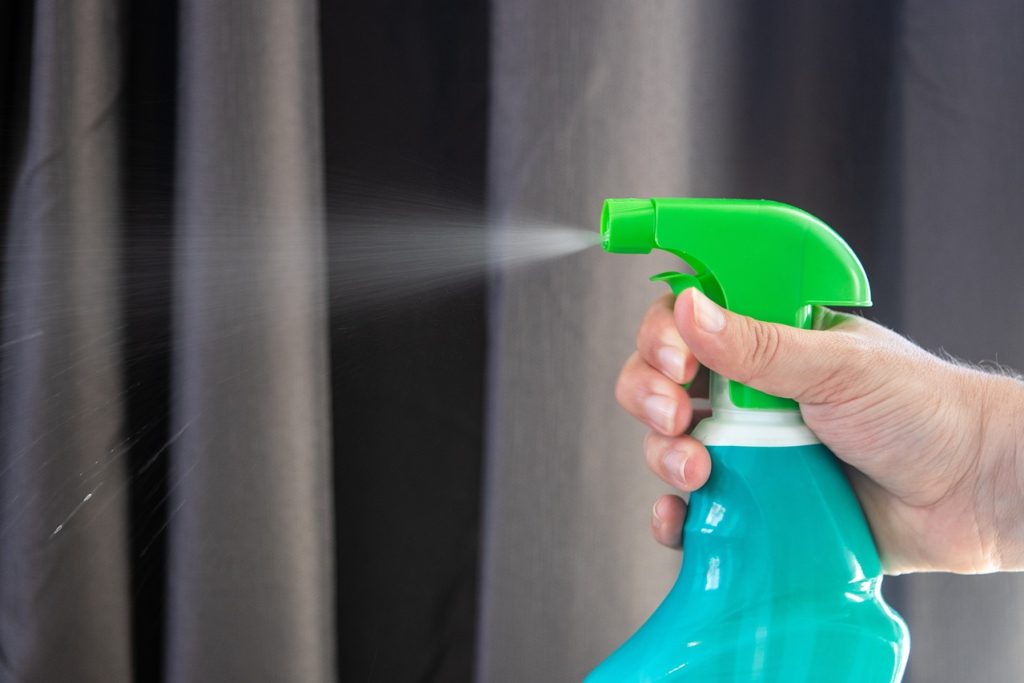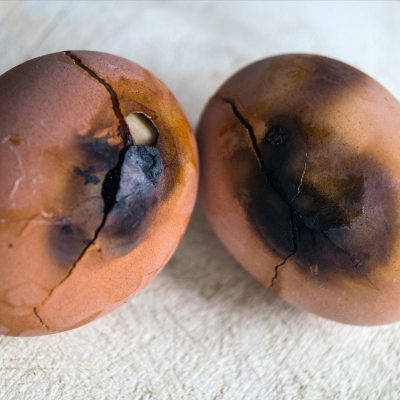The Food and Drug Administration (FDA) mandates stringent preventative measures, one of which is thorough sanitising after cleaning, to ensure the safety of the food they produce. Sanitising kills dirt, allergies, and dangerous organisms from surfaces. To be effective, it needs to be non-hazardous to use and to leave no lingering scents or residues that can serve as a breeding ground for the same creatures that it was designed to destroy.
However, even after regular cleaning and disinfection, hazardous organisms may persist, particularly in hard-to-reach places like sewers and the cracks of machinery. When the number of collected swabs rises and vectoring becomes an issue, the best action is to disinfect the area thoroughly. The use of chlorine dioxide gas might be the answer.
Jared Torgeson, Pureline’s vice president of business development, adds that the company’s chlorine dioxide gas is an effective, non-corrosive antibacterial that restores plants to hygienic conditions without adding moisture to the environment.
Regulations: Food & Drug Administration
It may be used as a treatment for agricultural washes, in aseptic processing, to sterilize equipment used with food, and to sterilize surfaces that come into touch with food. Produce, cheese, milk, bread, chicken, and other foods may all be sterilized using chlorine dioxide. It is also important that this is done in accordance with regulations set forth by the Food and Drug Administration, the Environmental Protection Agency, the Occupational Safety and Health Administration, and the USDA’s National Organic Program (NOP).
Requirements: FDA Sanitation
Regulation 21 CFR 117, current Good Manufacturing Practice Hazard Analysis and Risk-based Preventive Controls for Human Foods, also known as the Food Safety Modernization Act, requires “sanitation procedures for food contact surfaces and utensils and food-contact surfaces of equipment such as contamination and allergen control as part of a Hazard Analysis” (FSMA).
Are There Various Types Of Sanitisers?
A wide variety of sanitiser options exist, each with its own set of pros, cons, and performance under certain circumstances, making it difficult to choose the best one for a given establishment. A sanitiser’s efficacy is much more critical when it’s time to reset a space.
- A sanitiser’s pH, the temperature and mineral content of incoming water, the amount and type of microbial load, and contact time with the surface being sanitized.
- The complexity of the equipment’s surface area contributes to its efficacy and ability to eliminate and inhibit biofilm formation, i.e., the intricacy of design and ability for the solution to penetrate hard to reach areas.
As an example, chlorine dioxide has around 2.5 times the oxidation capability of chlorine, making it a potent gas. Further establishing its safety under allowed usage and circumstances, it has been approved for use in various FDA-regulated consumer items, including toothpaste and mouthwash.
EPA And OSHA
Additional standards for disinfecting goods, such as chemical registrations, safety and instructions, and any Personal Protective Equipment, are imposed by the Environmental Protection Agency and the Occupational Safety and Health Administration (PPE). The selection of which sanitiser is best suited for the purpose may become confusing rapidly due to the presence of more than 4,000 EPA-registered sanitisers machines and hundreds of active components.
Issue: Sanitiser Disinfection
Problems with sanitisers’ disinfection byproducts are an issue. Chlorine dioxide gas, in contrast to chlorine and ozone, does not generate any bromates or other brominated byproducts, both of which have been linked to cancer.
Proper personal protective equipment (PPE) and procedures must be worn while manufacturing chlorine dioxide precursor chemicals and followed when disinfecting a space. The sanitising cycle requires precautions such as sealing up any vents or doors through which chlorine dioxide gas might escape and avoiding the area until the air quality has returned to the 0.1 ppm level required by OSHA.
How Does Chlorine Dioxide Work?
Whether it’s after a building project has been completed, an emergency has been contained, or routine maintenance has been completed. It is essential to begin sanitizing with a spotless surface. Cleaning gets rid of grime, dust, residues, and germs. That’s where disinfectants can do their thing.
- Chlorine dioxide, an oxidizing biocide, disinfects by entering the cellular wall of targeted bacteria and destroying them at a variety of pH values. Produced locally from precursor chemicals, chlorine dioxide is gentler on electronics and the environment than chlorine bleach.
- Adding chlorine dioxide won’t change how food tastes. Rapidly degrading damaging DNA with little interaction with water and organic matter. Due to the absence of any lingering particles, there is no need to rinse.
- Chlorine dioxide is a potent killing agent because it may penetrate difficult-to-reach surfaces. Chlorine dioxide is an excellent sanitiser after a recall, and food safety specialist David Blomquist recommends it as a solution to “severe issues” at a plant.
Bottom Line
One of the essential parts of ensuring food is produced safely is picking the correct sanitiser to use, especially during facility reset when fighting extremely hardy bacteria is essential. Since chlorine dioxide has been used as an effective tool for a long time – it is a good candidate for starting and stopping the search with it.
Feature image: Pixabay
Explore more:





